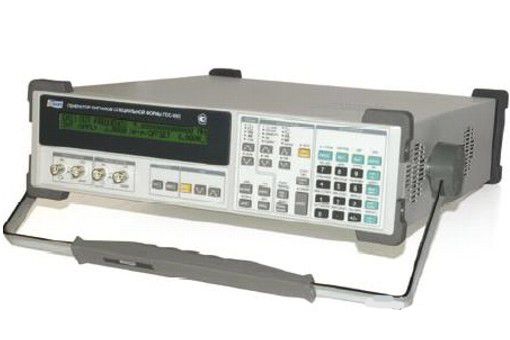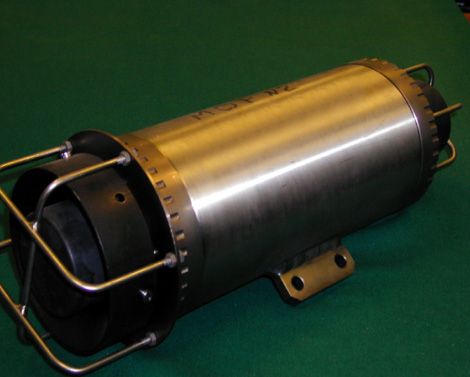Ecological Program “Living Water”
Published on by Yaroslav Gryaznov, Managing Company TRT “Forest Venice” in Technology
It may now sound unbelievable, but was once the most polluted rivers in the world were clean, people bathed in them, caught fish, and even drank water from them.
But now the situation has changed dramatically. For example, 6 of the dirtiest rivers in the world:
- River Tsitarum, Indonesia
- Yamuna River, India
- River Ganges, India
- Huanghe River, China
- Mississippi River
- River Volga, Russia
The once clean rivers turned into landfill. Although swimming in rivers such dangerous people living on them not only to bathe but also use their water as a drink.
Description of technology
We provide you with a description of the unique Russian technology that allows you to minimize the negative impacts of humans on the environment.
In the water, such factors as the chemical absorption of oxygen, biological oxygen absorption, coloring, turbidity are greatly reduced and most importantly, the hazardous xenobiotics from the series of phenols and dioxins are eliminated.
Improvement of air and water is achieved without the use of chemical, biological, radiation and medicines, the effect is achieved only by physical influence by means of electromagnetic fields of low frequency.
In our work we do not use chlorine or ozone, no other chemicals. The equipment used has a certification according to Eurasian guidelines


The implementation of the environmental program (treatment) brings maximum permissible concentration parameters of the rain water drains, disinfecting the water of chemicals without toxic emissions, which lead to the improvement of the environment and will gradually contribute to the ecology of the rivers and lakes. As a result, there is no need for the construction of costly rainwater treatment plants and the payment of environmental penalties. The technology is based on a universal method of exposure to electromagnetic fields for the purification of rainwater flowing into the rivers, elimination of toxicity, etc.
Water treatment (MEP) can be carried out by means of stationary systems under or over water, remotely or by direct contact.
Leads to the corresponding parameters of the drinking, rain and sewage, eliminates odors.
Eliminates the dependence of water decontamination on chemicals, UV light, ozone, etc.
Does not require reconstruction of existing and construction of additional facilities for water treatment.
Ensures complete disinfection of fecal, muddy sediments.
Power consumption up to 100 W / h per system.
The purification of the rivers and lakes can be carried out to reduce the content of pathogenic organisms (including cyanobacteria).
The main components of integrated water treatment:
1. Water disinfection
Water disinfection is carried out by a non-contact method. The aim of the treatment is to suppress the pathogenic microflora contained in the water. If necessary, the stimulation of the life activities of the beneficial macrobiotic takes place. For these cases, the treatment is performed by electromagnetic fields. Due to the difficult environmental conditions, a large number of industrial emissions and other known phenomena, air, rain water and water contained in the soil have lost some of their original, natural properties which lead to the disturbance of the function of the organisms of plants and to which Development of pathogenic microflora.
When working with electromagnetic fields, the water contained in the air and in the ground is affected. Water gets a microcluster structure, its rado potential changes. The content of active oxygen in the water is increased. Such water with a negative OWP is easily absorbed by the plants, it is a natural antiseptic and stimulant of growth, as it promotes the activation of biochemical processes in microorganisms.
2. Water purification from oil present therein or substances with similar properties.
An effect on the petroleum substances is achieved with the aim of decomposition or binding in water. As a result, separation and failure takes place in the form of sediments of the impurities present in the water. Such precipitated oil compositions are fed by variable microorganisms, typically 5-7 times faster than standard conditions.
Characteristics of industrial design of the generator
• Simplicity of construction, function principle and maintenance.
• There are two types of design: For top and underwater applications. An embodiment against vandalism is possible.
• The range is four kilometers.
• Minimum power consumption up to 100 watts / hour.
• Environmentally friendly - no waste, as a result no negative impact on the environment.
• Technically safe - there are no rotating parts, devices and components under pressure and high temperatures.
• Easy to maintain - if necessary, a quick exchange can be made.
• Easy to use.
• Maintenance - Replace the battery once a year.
• Operating costs - depending on the location, but not more than 2 000 US dollars per month for a generator.
• The life span 10 years.
Economic indicators for the various rivers and lakes
Financing of capital expenditure specific program provided by the national or local regional budgets.
• The cost of office and stationary laboratories for the examination of water with the reconstruction and the provision of pre-modern equipment of 1 million US dollars - in the first year of the program. These costs are for each area to be cleaned where the river flows.
• Acquisition of 2 automotive laboratories - 500 thousand US dollars per one year. Acquisition hovercraft vessel - 500 thousand US dollars in the first year of the program. These costs are for each area.
Production of one generator in 2017 will be 100 thousand US dollars. Number of generators depends on the length of the water body flowing through the territory of the region (1 generator - 2 km channel).
• Annual operating costs for the generator 1 a year – 20 thousand US dollars. The number of jobs for each area at least 5 people, but no more than 10 people.
Originally posted on trt-wv.com
Media
Taxonomy
- Water Control
- Water Storage
- Water Harvesting Structure Design
- Water Balances
- Water Loss Control
- Water Well Casing
- Hydrology
- Hydrometeorology
- Soil & Water Assessment Tools
- Surface-Groundwater Interaction
- Surface Energy Balance Algorithm For Land
- Oceanographic Survey
- Social Hydrology
- Mineral & Thermal Water
- Hydrology Cycle
- Water Resources Management
- Hydrology Nutrient Cycling
- River Engineering
- Geo-hydrology